"Ballad of Dwight Fry"🤪by Alice Cooper, 1971💀Love it to Death LP
A fledgling producer jump-starts a sterling career, a band defines a sound, and a singer acts out the lyrics in the studio prior to perfecting his cinematic stage persona.
Setting the Stage (sans restraints…for the moment)
Love it to Death was the third album released by Alice Cooper, hitting the stores about a week before my 16th birthday in 1971 (March 9).
Dad brought the promo home, with a stack of other Warner Bros. Records released that week. His sales job in Houston radio (for CBS affiliates, news/talk KTRH-AM and “progressive rocker,” KLOL-FM, for whom I worked just four years later) afforded him the ability to access promo copies from various labels.
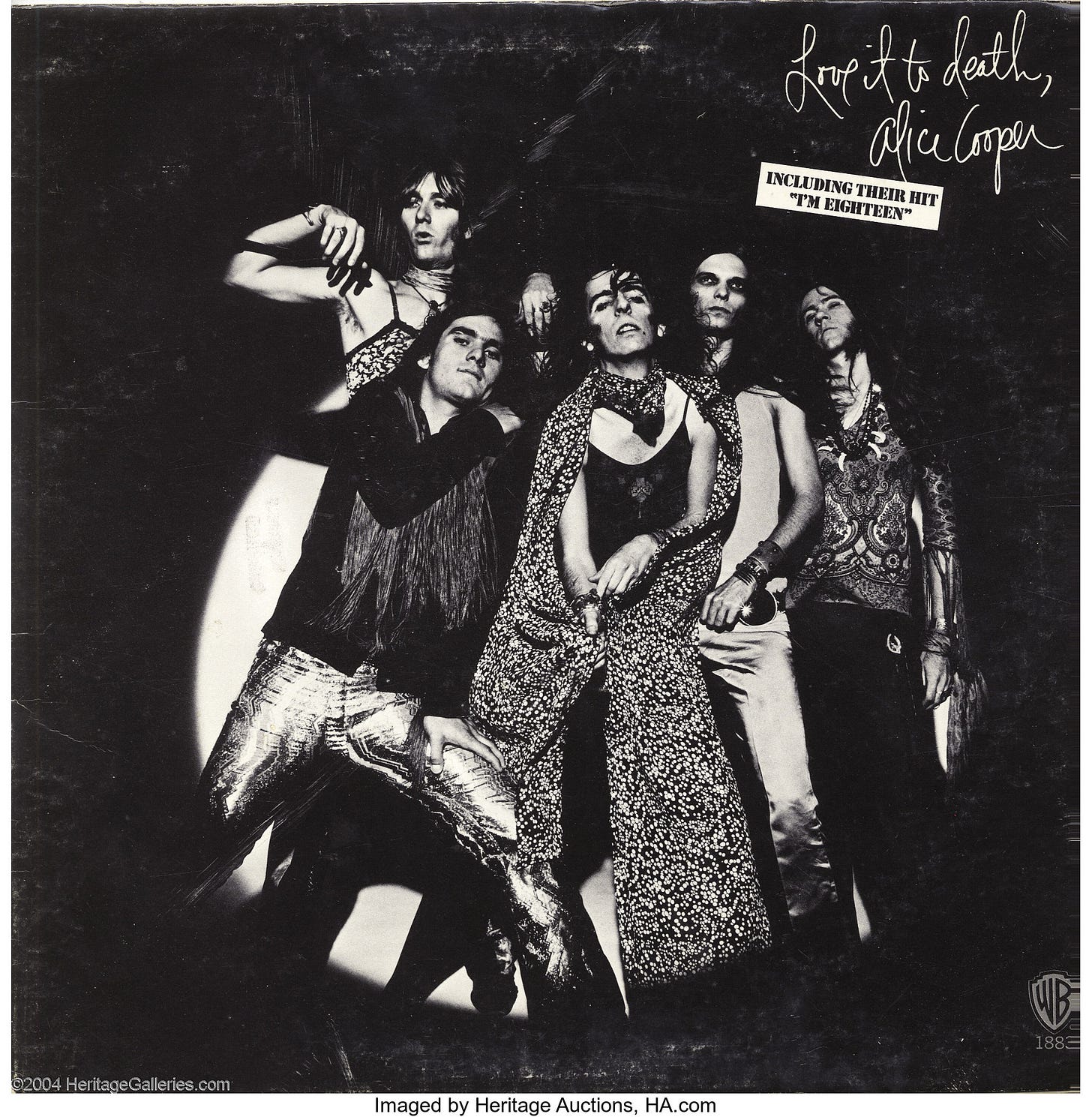
Not only did Love it to Death influence countless rock bands, both in the studio and performing, but as lead singer of my Bellaire High School-based six-piece, Brimstone, I was motivated to grow my hair long, and learned to clumsily navigate the forest of Maybelline mascaras and other stage folderol that I was convinced would make me fit in with the Bowies, Bolans, and Alices of the day:
🏖1️⃣I Was a Teenage Lead Singer! The Early '70s Brimstone Saga (with Approximate Setlist)
🎶🎶🎶🎶🎶🎶🎶🎶🎶🎶🎶🎶🎶🎶🎶🎶🎶🎶🎶🎶 “Can you sing?” Drummer Mike Wishnow had been appointed to approach me to see if I’d be willing to audition. Brimstone, the 5-piece band he founded, was wanting, if not needing, a lead singer. They had been switching off singing duties among themselves, but they wanted a fron…
I was drawn to “Ballad of Dwight Fry,” and found the subject matter certainly unique, but thankfully, unfamiliar. What struck me most, I think, was the theatrical nature of the song, as Alice seemed to truly take on the persona of a strait-jacketed mental patient, with his screams of panicked desperation.
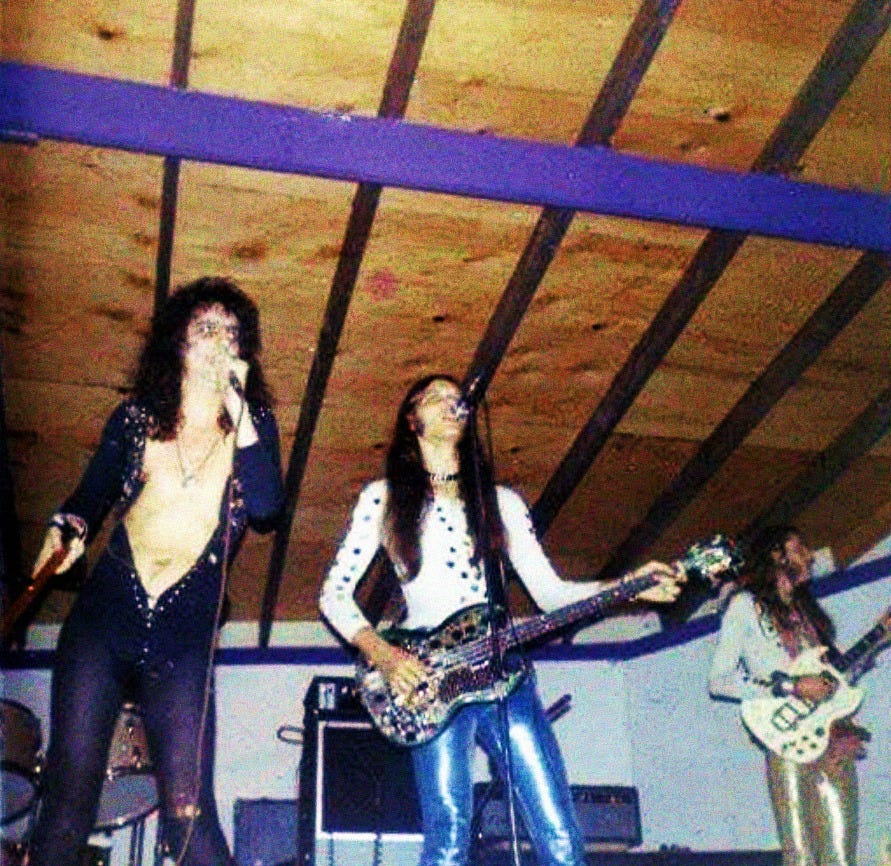
The Birth of Love it to Death

Alice Cooper’s first two albums, Pretties for You and Easy Action (on Frank Zappa’s Warner Bros.-distributed Straight Records) were persona non grata on the U.S. album charts.
Just starting to gain a rep, though, for their riveting live shows, they were in search of a producer who might be able to capture their live performance energy onto vinyl. And, by this time (summer 1970), Zappa had sold his Straight/Bizarre labels to Warner Bros. for $50,000.
Now, with outright ownership (and not just distributing the sometimes non-commercial and experimental Zappa signees, like Captain Beefheart, Wild Man Fischer, GTOs, and Essra Mohawk), the label of The Bunny expected tighter accountability (and yes, commerciality, at least to a degree) in album content from Frank’s free-form freak show.
Enter Cooper manager, Shep Gordon, and because the lads liked the way Guess Who songs like 1969’s “These Eyes” jumped out of car speakers, they sent him to see Guess Who producer Jack Richardson, who had his Nimbus 9 offices in Toronto.
Uninterested in producing the band who had gained a certain notoriety (if not infamy) for the incident around a torn up chicken during a concert (an act performed by an audience member, not Alice or any bandmate), Richardson sent his newly-hired staff producer, the 19-year-old Bob Ezrin (who had just been hired the week before), to break the news to the band.
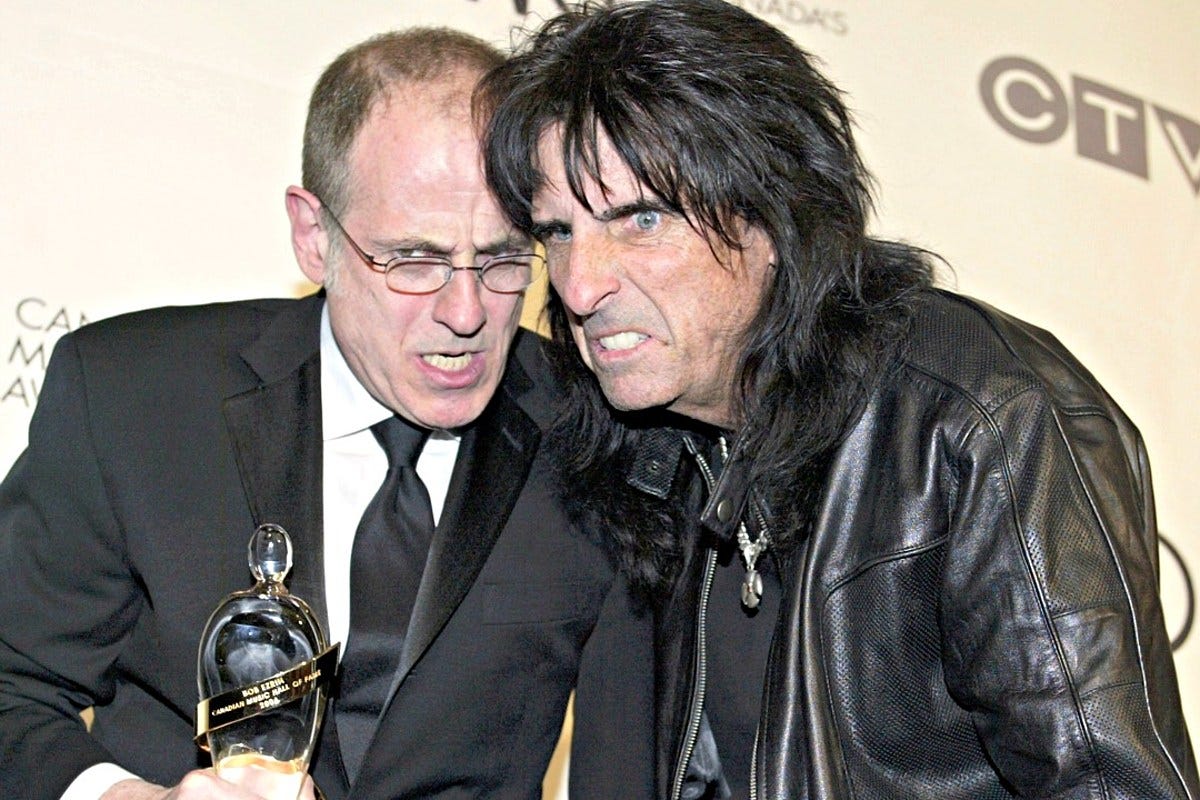
Ezrin, to AZCentral.com in March 2021, marking the 50th anniversary of Love it to Death: “What I was seeing [at New York City’s Max’s Kansas City in September 1970] was way more than a rock show. And when it was over, instead of going upstairs and politely saying we weren't interested, I committed my boss, Jack Richardson, to doing the record.”
Alice, in on that interview, as well: “Bob went back to Jack and said, ‘I know I'm fired, but I signed them.’ Jack said, ‘Then, your punishment is you have to produce them.’”
“What [Bob] saw in us,” Cooper recalled, “was the future.”

The band, after several weeks rehearsal, 12 hours a day in the Pontiac, Michigan barn pictured above, recorded “I’m Eighteen” in the fall of 1970. Warners was testing the airplay waters before green-lighting an album. “I’m Eighteen,” released in the U.S. in November 1970, peaked at #21 on the Billboard Hot 100, thus paving the way for Love it to Death to finally be committed to tape in the final weeks of 1970.
Reportedly, the band posed as fans and made hundreds of calls to radio stations to request the song, and Gordon is said to have paid others a dollar per radio request. All’s fair in love and chart positioning.

More Alice:
Inside Tracks #23: Alice Cooper "I'm Eighteen"🎂Select Covers & the Songs It Influenced
I’m 15, and I Liked It! I was 15 when I first heard “I’m Eighteen.” It was November 1970, and while hearing it on Houston radio, I also had the single, whose label loudly proclaimed its title to be, simply, “Eighteen,” with songwriting credit belonging to all five members:
The Emergence of “Ballad of Dwight Fry”
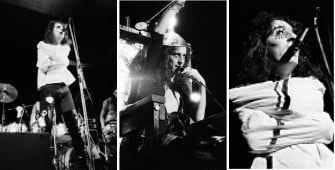
Written by Alice and guitarist/keyboardist, Michael Bruce, “Ballad of Dwight Fry,” produced by Bob Ezrin (Jack Richardson serving as Executive Producer for his Nimbus 9 Productions):
The song's main character is named for Dwight Frye, an actor Hollywood media dubbed “the man with the thousand-watt stare.” Frye portrayed Renfield (shown below), the lunatic slave of the vampire in Universal Studio’s 1931 film Dracula starring Bela Lugosi.
Alice dropped the “e” to avoid any potential lawsuit from the actor’s estate or anyone involved with the film or studio.
According to Dave Thompson in his 2012 book, Welcome to My Nightmare: The Alice Cooper Story, when recording the “I wanna get out of here” sequence of “Ballad of Dwight Fry,” Ezrin had Alice lie on the studio floor surrounded by a cage of metal chairs, in order to create an element of realism to the singer’s frantic screams.
Mommy, where's daddy?
He's been gone for so long;
Do you think he'll ever come home?
Dwight Fry in His Natural Habitat
It’s rough, but for a 1971 performance, this live video is as close to being fresh from conception as we have. In later shows, with the infusion of capital from the money-making record biz machinery, “Dwight Fry” would become, as you’d imagine, a slickly-produced, by-the-numbers routine…a routine that would eventually include a guillotine, and the hiring of the late illusionist, The Amazing (James) Randi, to coach Alice through that, as well as other, stage devices.
In fact, The Love It to Death tour (U.S. and Europe) grossed so much, the band rented a forty-two room, 15,000 sq. ft. mansion (for $2,500 a month) in Greenwich, Connecticut (aka the Galesi Estate at 17 Hill Road), which was its home base for the next few years.
Alice recounted his memories of the house to the Wall Street Journal in 2013: “What made the house special was being able to set up all our equipment with a full stage in the huge ballroom.
“There was even a pipe organ that we used on Love It to Death, the album in ‘71 that put us on the map.”
“The eeriness of the estate fit our image perfectly: Rock, at the time, didn't have a villain. There was no Professor Moriarty from Sherlock Holmes or Hannibal Lecter. But in creating a rock villain, I wanted him to have a sense of humor. Comedy and horror are so close.”
“Even weirder,” Alice continued, “was Greenwich, a blue-blooded town. Everybody there was old money, and so uptight when we moved in. When we'd go into town, we were treated like the Munsters. Then Forbes did an article on us, ‘A New Breed of Tycoon,’ and we wound up on the cover. The town’s attitude changed! We were considered new money and treated like the Beverly Hillbillies!”
So, it’s worth enjoying this video for its organic, hey-I-bet-I-could-do-this-with-MY-band shoestring budgetry.
Nevertheless, with this kind of performance, in just a couple years, you’d have KISS shouting a loud “Thank you!” in Alice’s general direction, taking Coop’s Universal Pictures mid-century horror film pastiche-with-a-wink, and grinding it into garish comic-book-pulp for suburban 13-year-olds with an allowance.
Needless to say, many other bands were influenced and inspired by Alice Cooper’s (the band and the man) songs and stage productions.

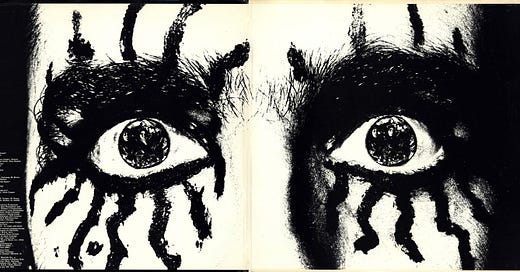









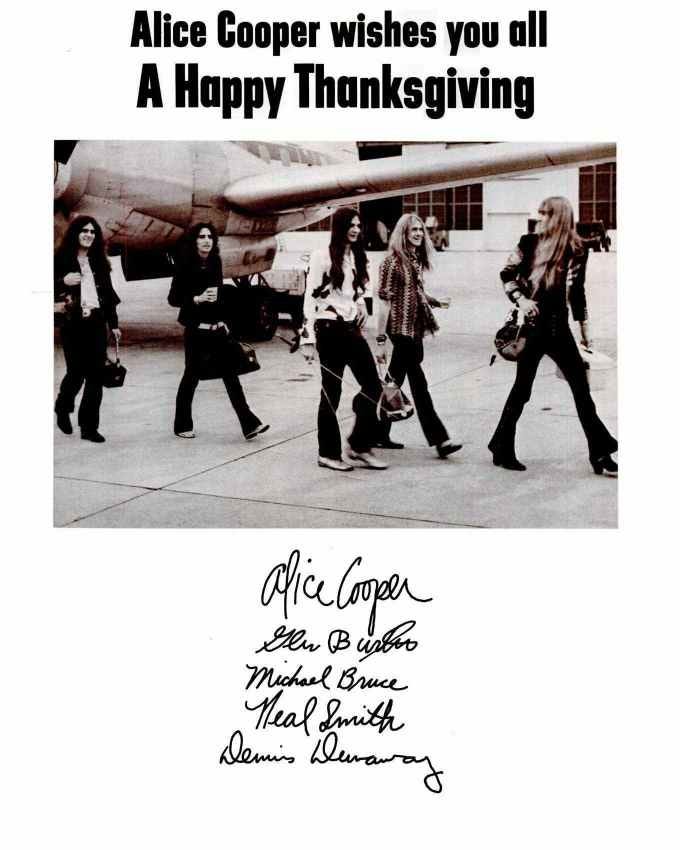
Thanks for the deep dive into this album. I felt like I was listening to it again and for the first time reading your (always)comprehensive piece.
Wonderful and timely article. Alice was such an innovator. Thank you for reminding us. Those songs, the singles and albums, still sound fresh and listenable thanks in large part to the talented Bob Ezra at the production helm.